Case Study: Analyzing the Economics of the Nordic Bridge Market
VerifiedAdded on 2021/04/21
|12
|647
|45
Case Study
AI Summary
This case study analyzes the economic aspects of the Nordic Bridge, focusing on the application of economic principles to a real-world scenario. The study examines the market structure, specifically identifying it as a perfectly competitive market with two producers, Denmark and Sweden. It explores the concepts of individual and market demand curves, illustrating their shapes and the factors influencing them. The case study also delves into the supply curve, explaining its characteristics and how it relates to the bridge's capacity. Furthermore, it investigates the impact of non-price determinants, such as increased travel demand and cross-cultural communication, on market outcomes. Price elasticity of demand is a key focus, demonstrating how changes in price affect the number of bridge users and, consequently, revenue. The analysis includes the impact of a price reduction by Sweden, illustrating how it can increase demand and revenue due to the elastic nature of the demand curve. The case study uses diagrams to illustrate the various economic concepts discussed, providing a visual representation of the market dynamics at play.
1 out of 12
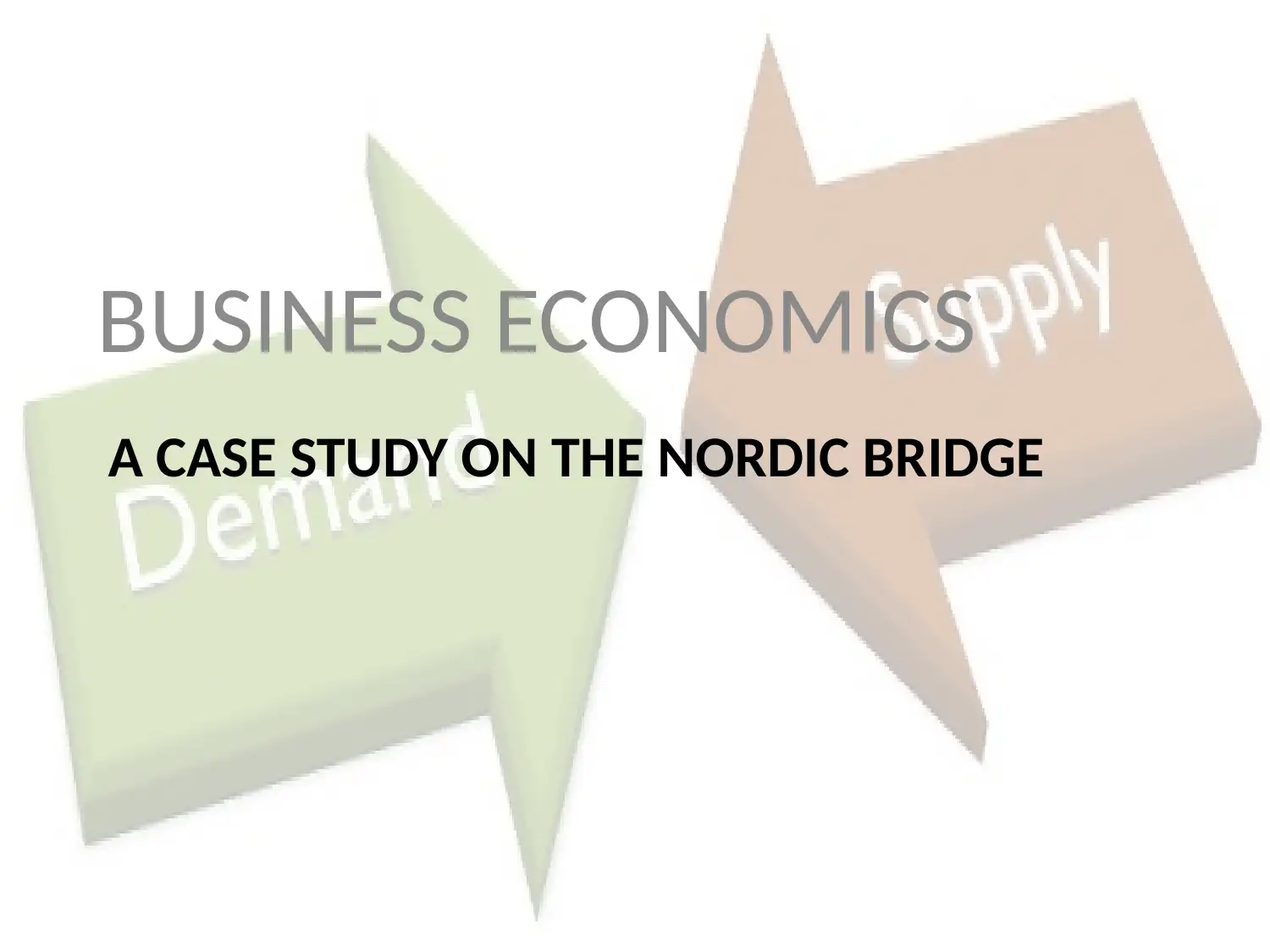
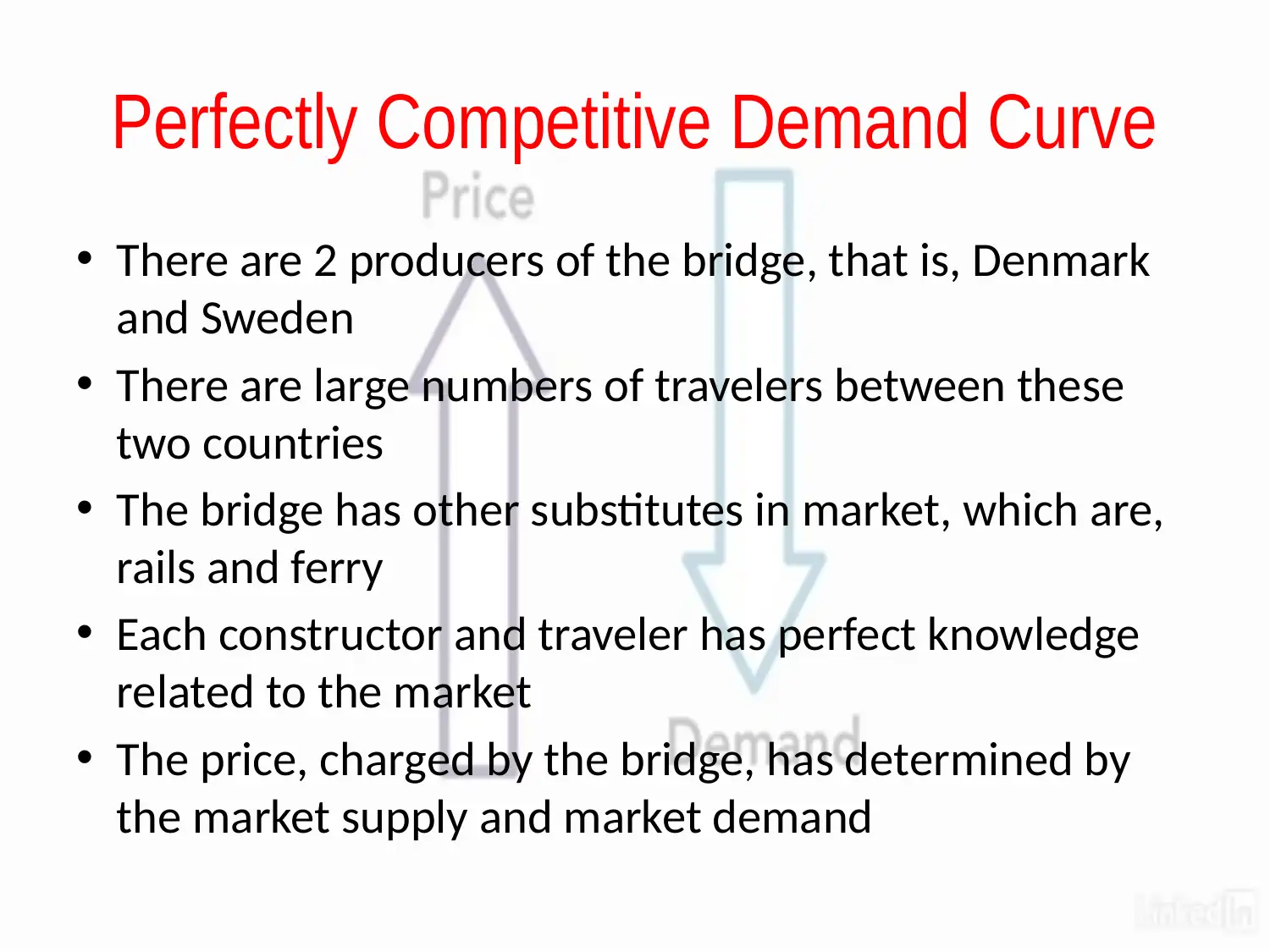
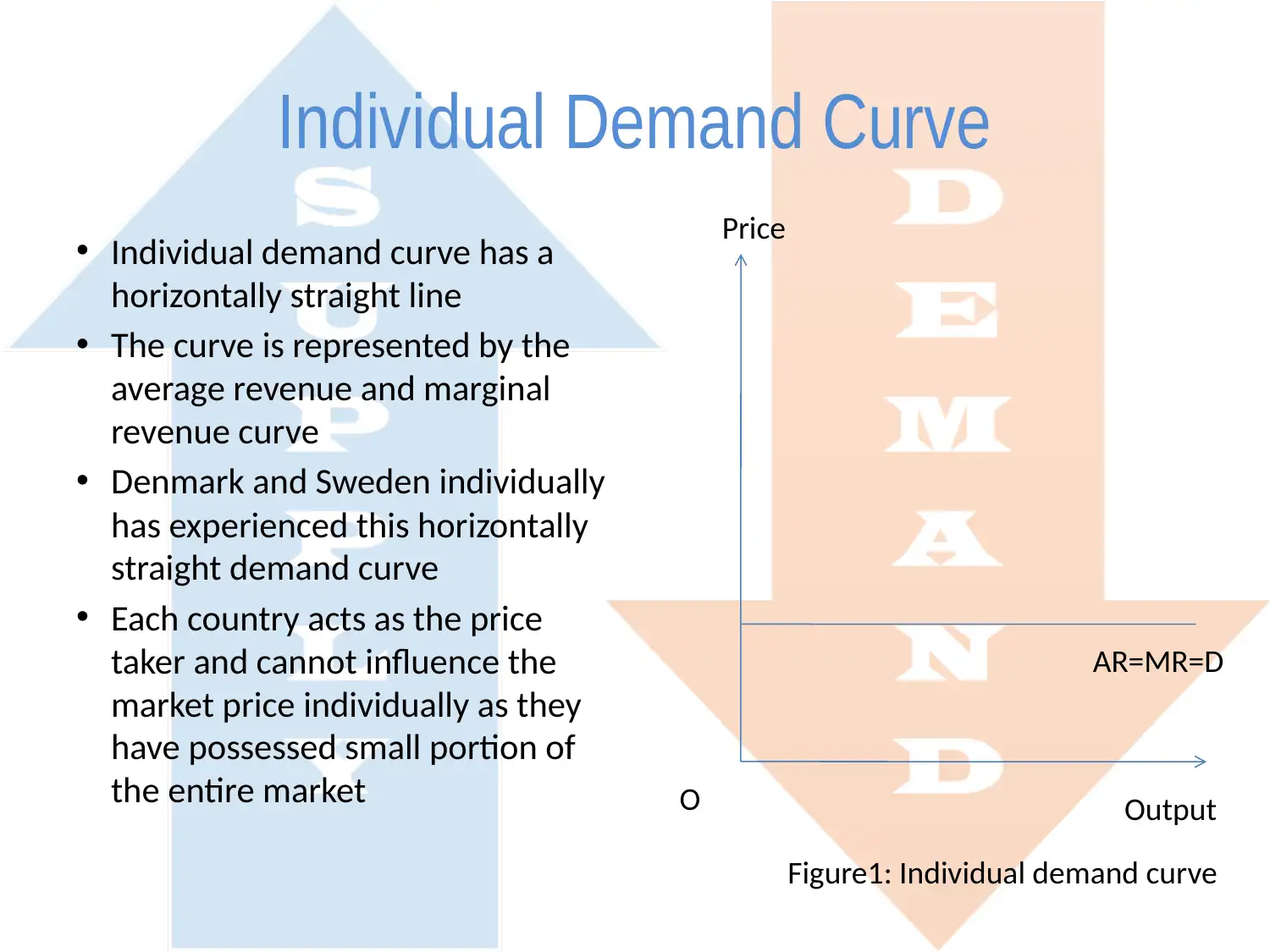

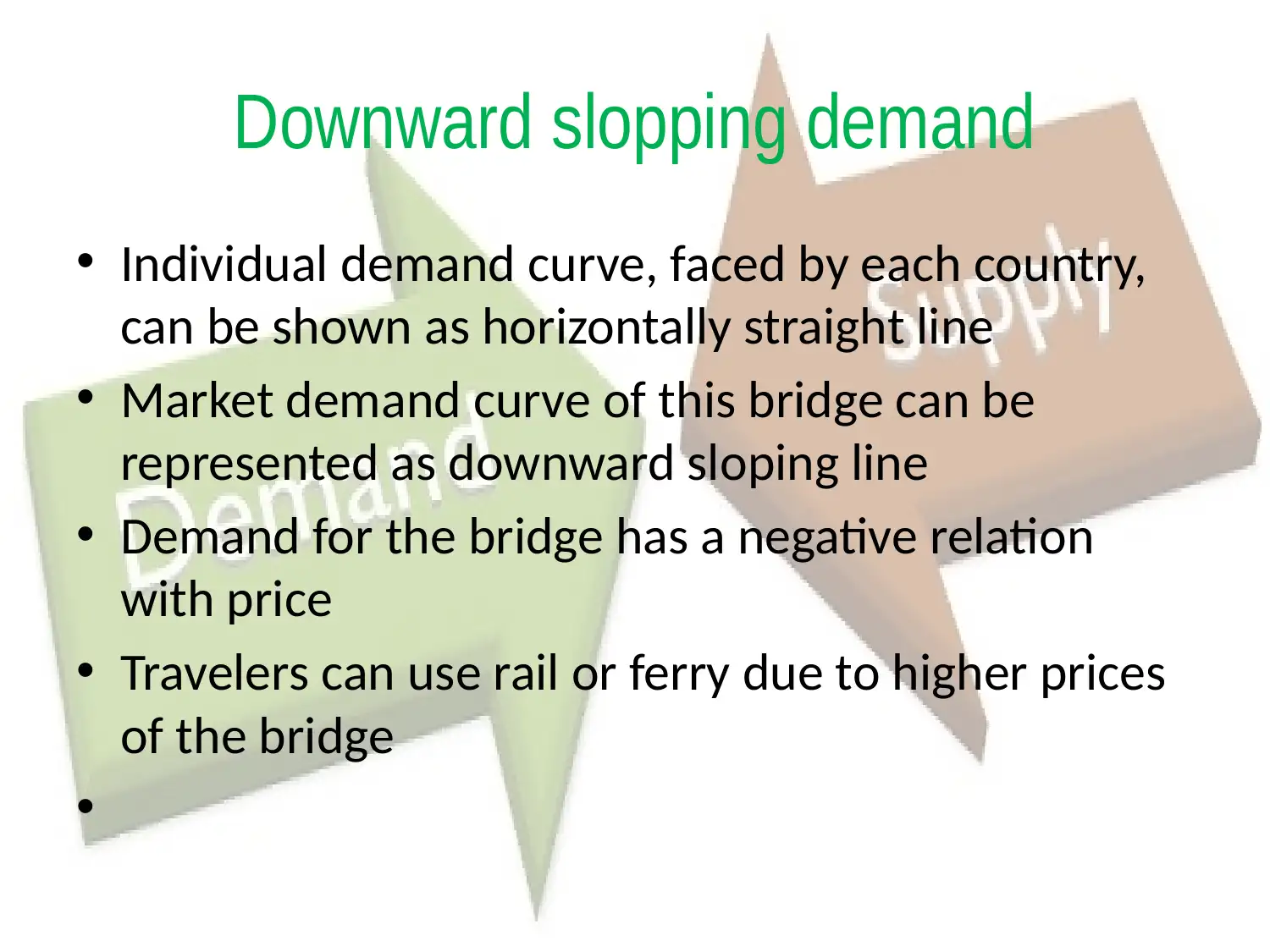
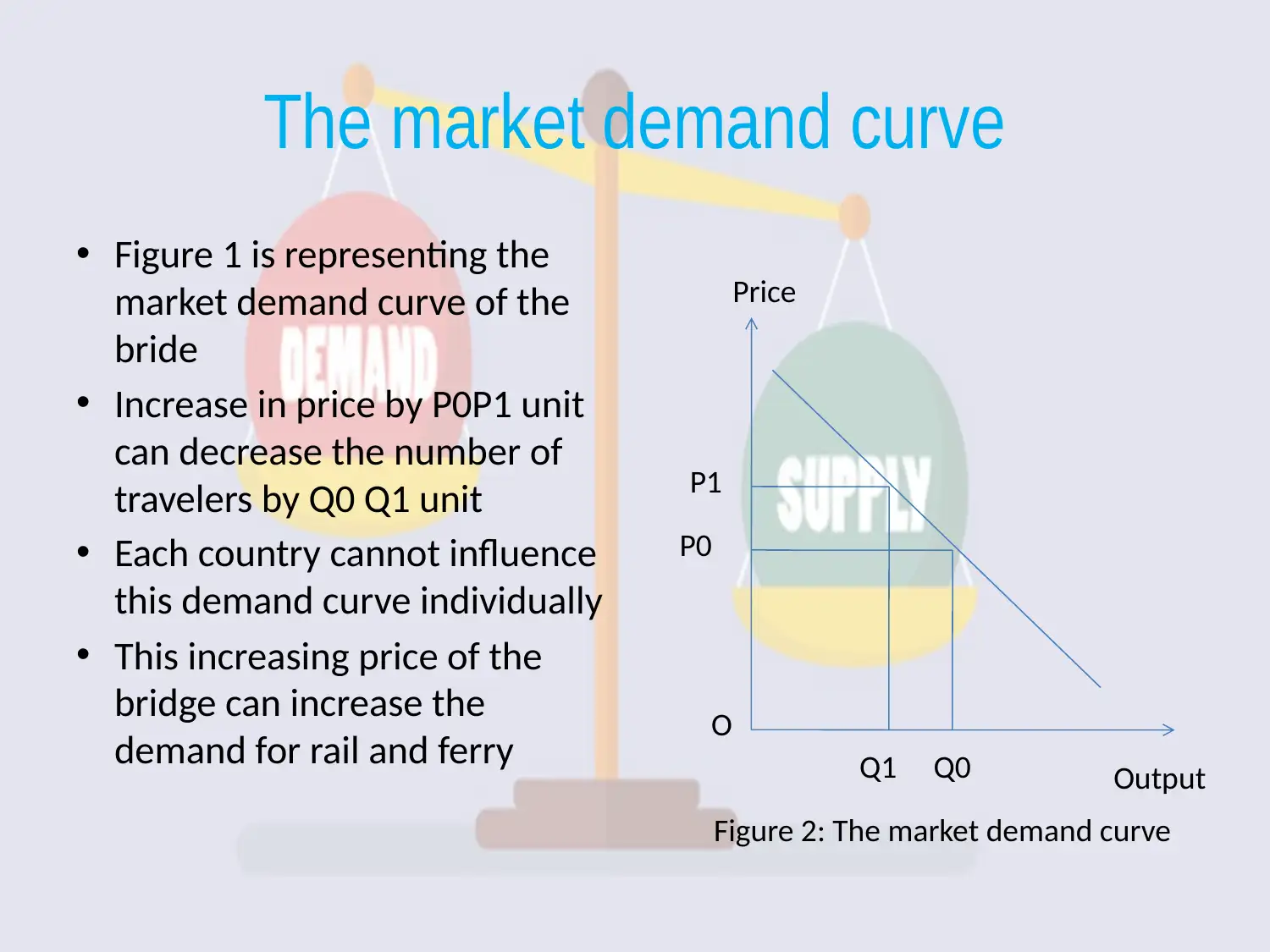
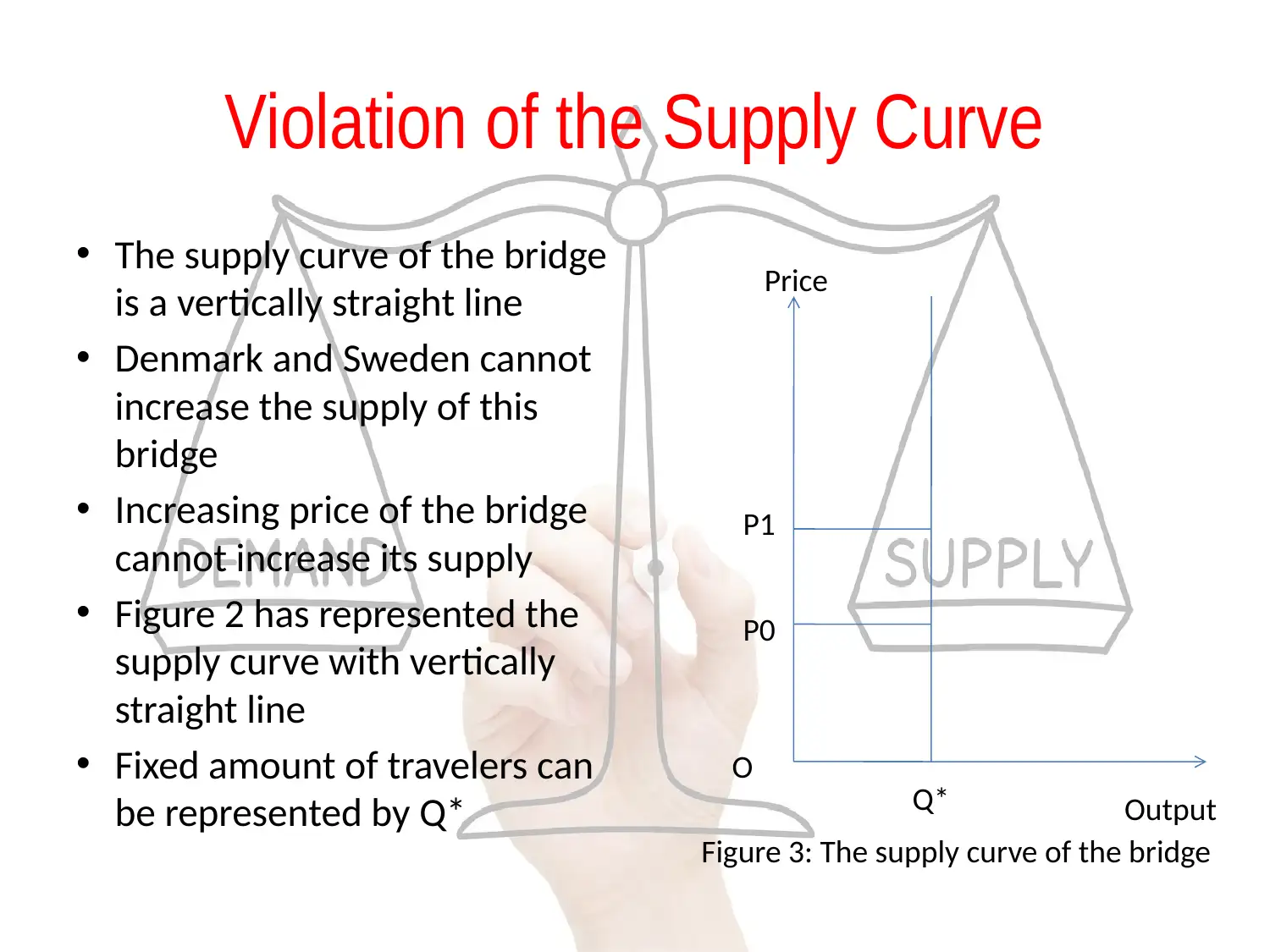
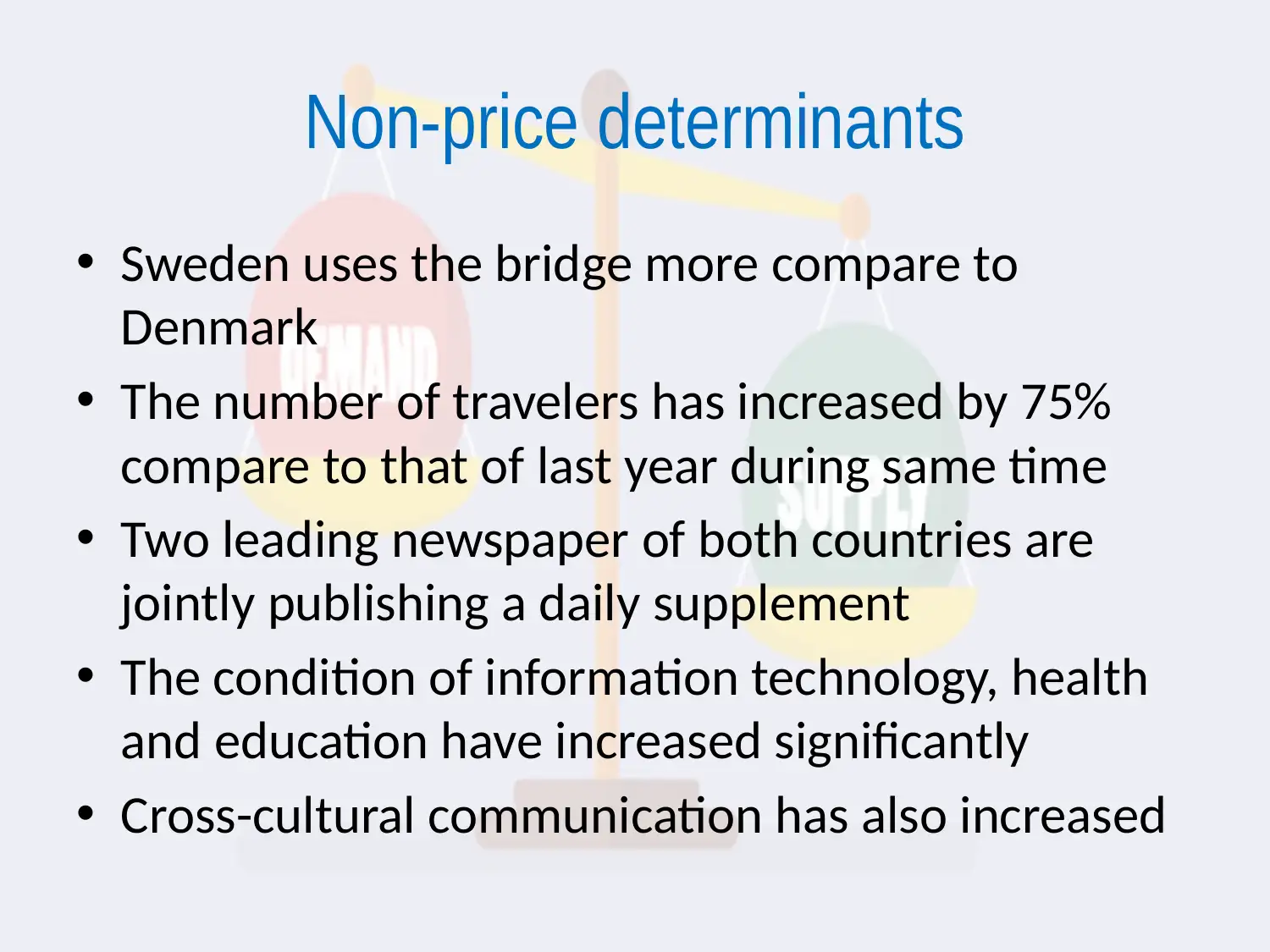
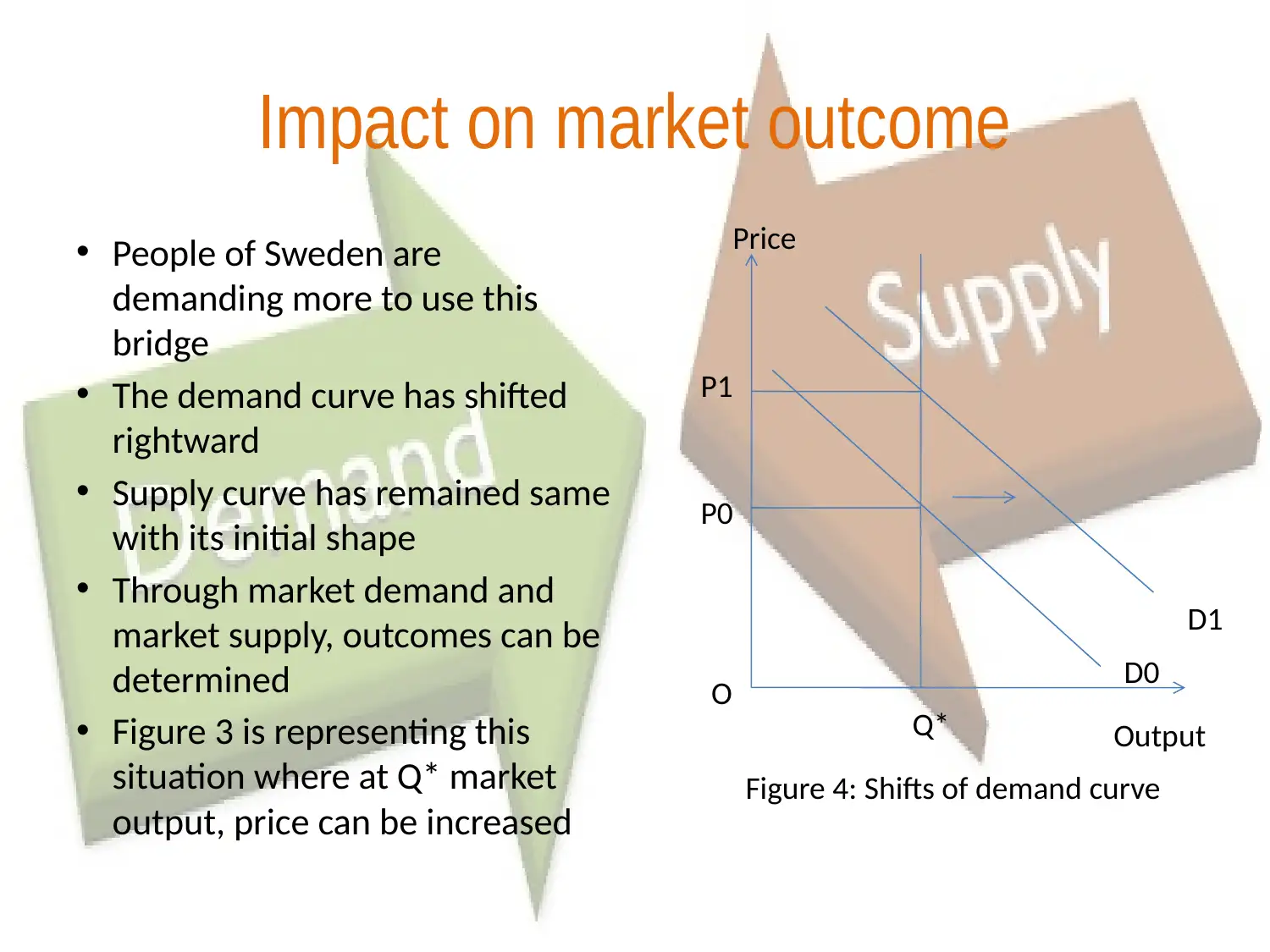
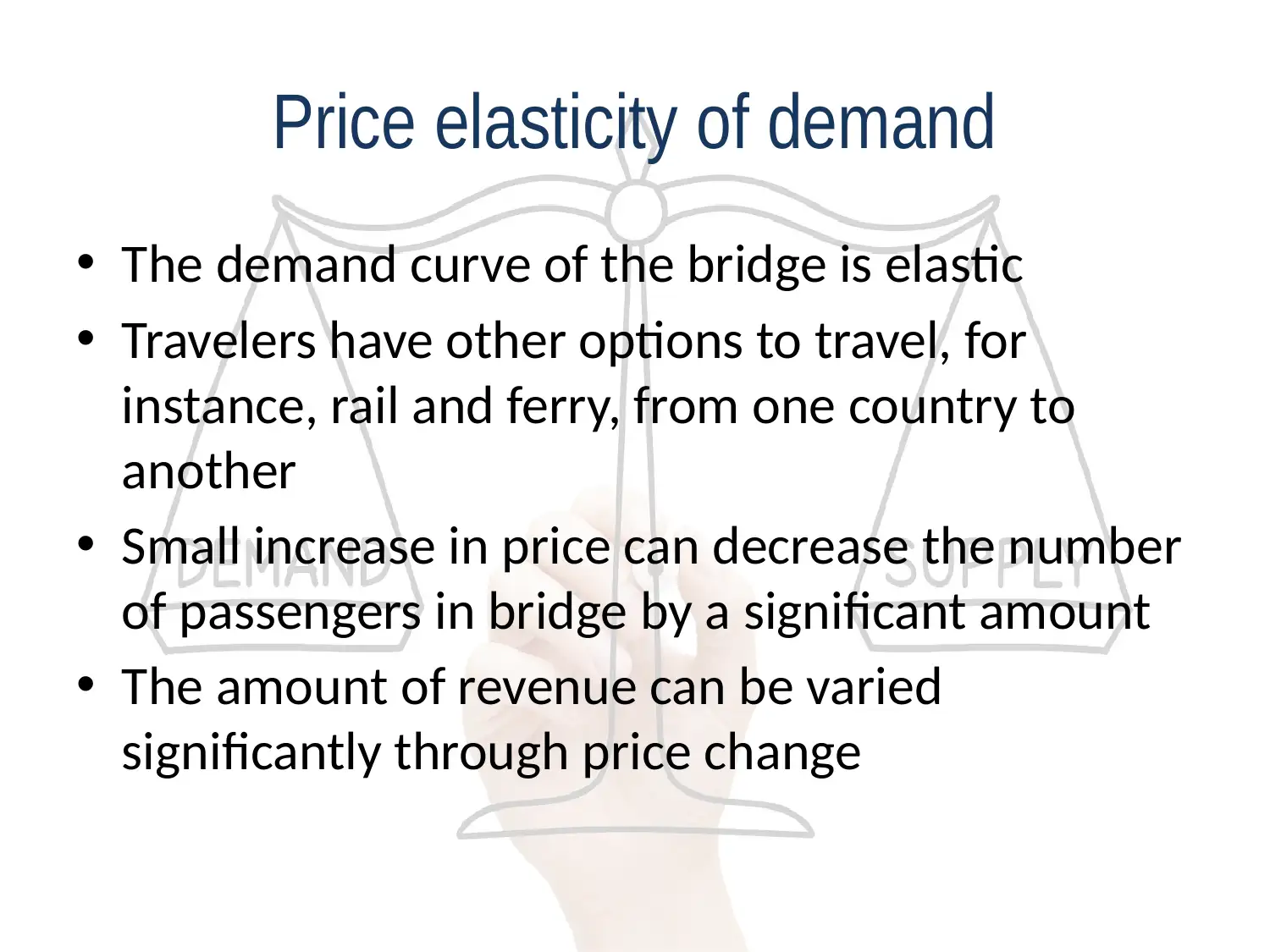
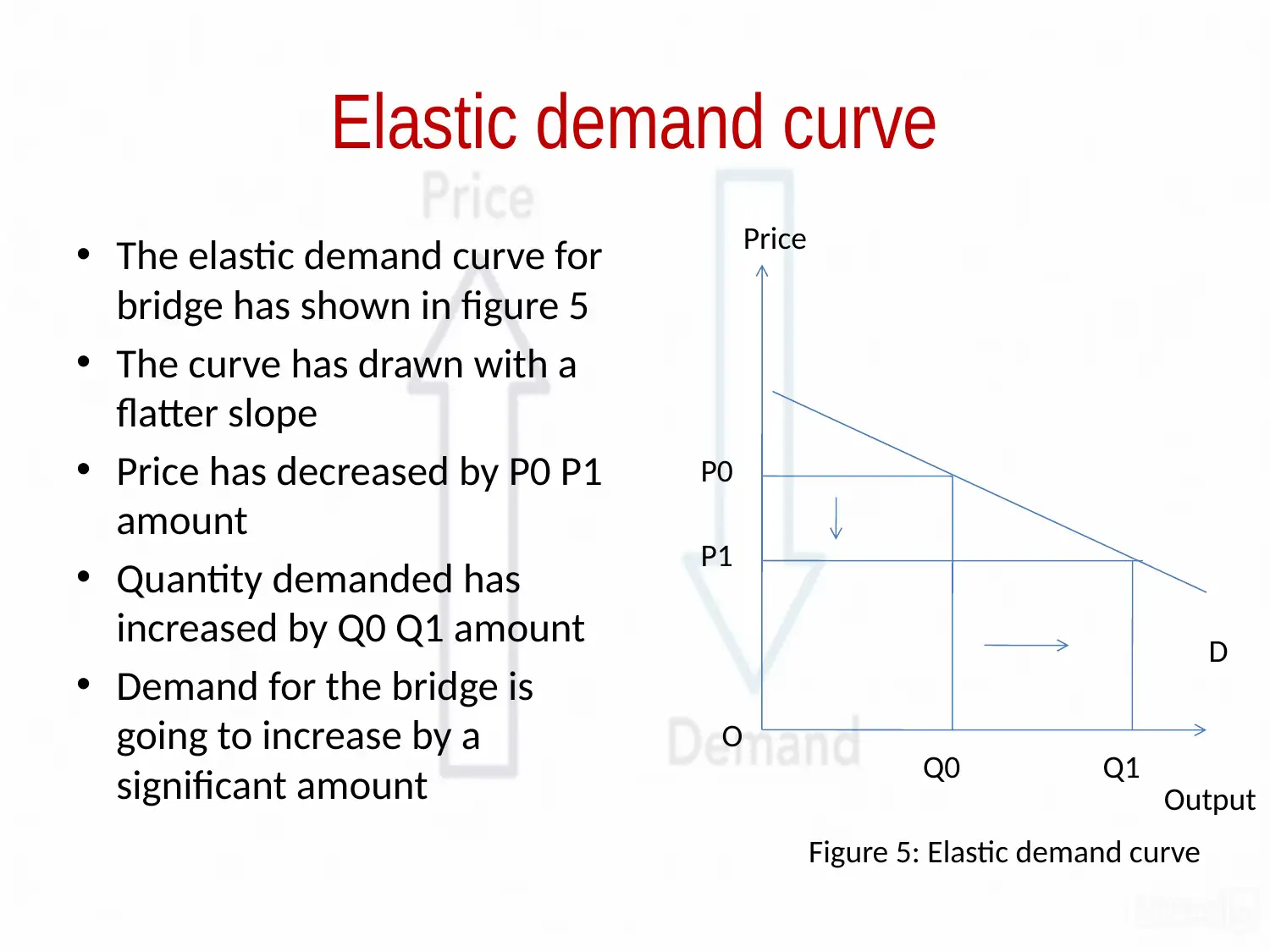
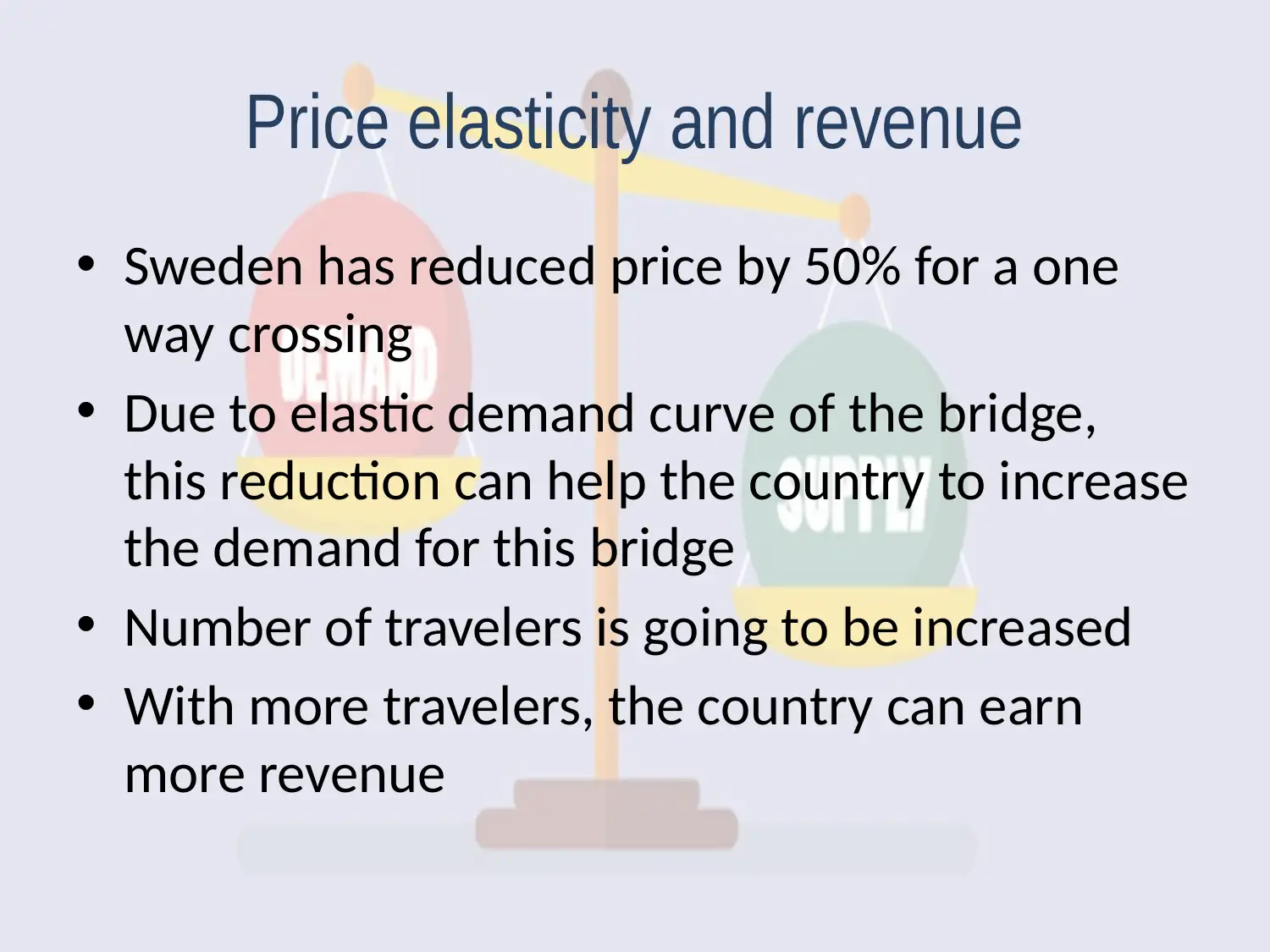







![[object Object]](/_next/static/media/star-bottom.7253800d.svg)